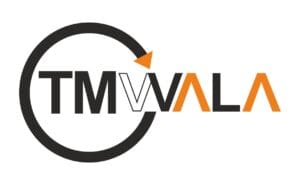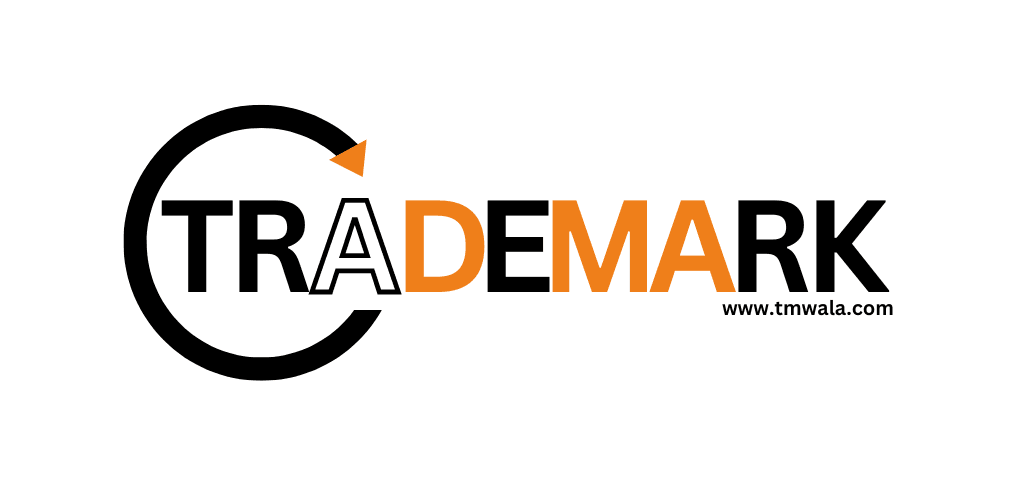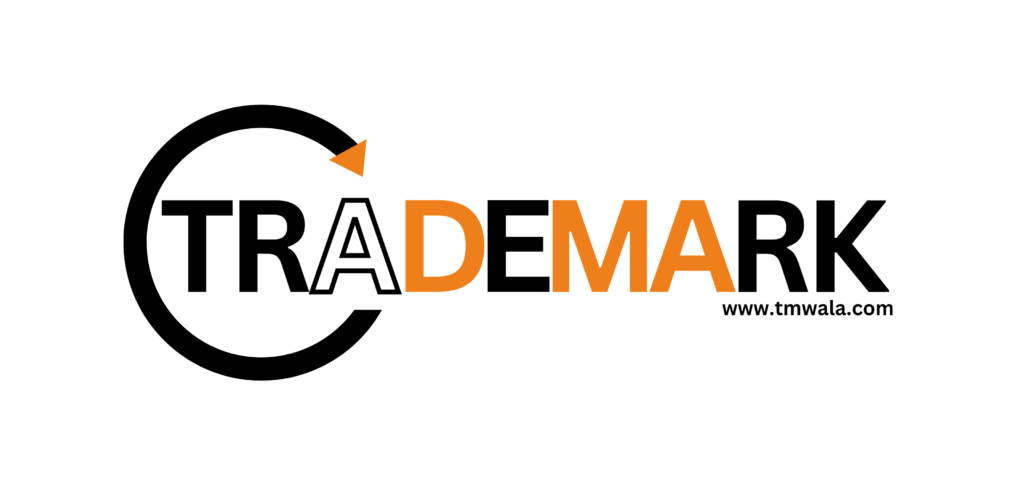
Medical labels might seem like a jumble of fine print, but understanding them is essential for everyone. From deciphering dosage instructions to checking expiry dates and understanding active ingredients, medical labels play a key role in guiding consumers safely. Let’s break down how to read medical labels and understand them, along with the key legal metrological aspects involved.
Medical labels aren’t just ordinary packaging – they contain crucial information about medication, how it should be used, stored, and handled. Reading and interpreting these labels correctly can mean the difference between health and harm. In India, the Legal Metrology Act regulates aspects of medical labels, including weight, volume, price, and expiry dates. This regulatory framework helps ensure that all essential details are included to keep consumers informed and safe.
Now, let’s dive into some of the core parts of medical labels, which can be understood easily with a bit of guidance. This guide will cover different sections, including legal requirements, specific types of medical labels, and the common terminologies to look out for.
When reading a medical label, you’ll often find several consistent pieces of information that help you understand the medication:
At the top of the label, you’ll see the name of the drug, often accompanied by its generic name. This composition section lists each active ingredient along with its strength (for example, “Paracetamol 500mg”). Understanding the active ingredient is crucial, as it tells you the core chemical that will interact in your body, no matter the brand name and can prevent double dosing as well. The top of the label usually displays the brand name, followed by the generic name or active ingredients.
The dosage section is the set of instructions you need to follow to take the medication correctly. It might specify the amount (for example, “Take one tablet”), frequency (such as “twice a day”), and any particular conditions for ingestion (like “Take with food”) or (Avoid Alcohol). Misunderstanding dosage instructions can lead to overdose or reduced efficacy, so it’s essential to follow this part closely.
Most medical labels will include a section on possible side effects, interactions with other drugs, or warnings for specific populations (such as pregnant women or those with kidney issues). Although it might be tempting to ignore this part, these details are important, as they guide you on potential risks.
Always check the expiry date before using any medication, as this indicates the date beyond which the medication may lose potency or become unsafe. Additionally, storage instructions will tell you how to keep the medication – whether it needs to be refrigerated or kept out of sunlight.
In India, the Legal Metrology (Packaged Commodities) Rules regulate specific aspects of all packaged goods, including medical products. Here are some crucial legal points you’ll find on the labels:
Each medical label must display the manufacturer’s details, including their address, and the manufacturing license number. These identifiers are not just for branding; they also provide accountability in case of any product issues.
The MRP is the legally mandated maximum price that a retailer can charge. MRP is included on medical labels to help prevent consumers from being overcharged for essential medications. You’ll often find MRP listed along with batch details and manufacturing date.
The batch number helps manufacturers track and recall batches if needed, while the manufacturing date indicates when the medication was produced. These identifiers ensure each medication can be traced back to its source for quality control. These details allow consumers and authorities to trace the origin of the medication, providing accountability in case of product issues.
Not all medical labels are the same; they can vary widely depending on whether the product is a prescription drug or an OTC (over-the-counter) medication.
Prescription labels are typically attached by the pharmacy and contain the patient’s name, prescribing doctor’s details, specific dosage tailored to the patient, and a unique prescription number. These labels are highly regulated due to the potential risks associated with misuse or incorrect dosing. It’s important to follow the instructions on a prescription label, as they are tailored to your specific condition and needs.
OTC labels generally include dosage instructions, but these instructions are standardized and not patient-specific. OTC products are designed for common ailments and are generally safer for unsupervised use. However, the label still provides all the necessary legal information, such as the ingredients, usage guidelines, and storage instructions.
For Ayurvedic or herbal medications, the label usually includes the name of the herb, dosage recommendations, and intended benefits. These products also fall under legal metrology, so you’ll find batch details, expiry date, and manufacturer details. Ayurvedic medicines are treated differently under Indian law, but they still require a level of standardization for consumer safety.
Veterinary drug labels are different from human medication labels, as they are specifically formulated for animal health. These labels must include details on the species they’re intended for, the proper dosage, storage conditions, manufacturer information, MRP, and a warning if the drug is not intended for human consumption.
Controlled substances are drugs that can be habit-forming or abused. In India, controlled substances are regulated under the Narcotic Drugs and Psychotropic Substances (NDPS) Act. Labels on these medications must display warnings about their use, dosage limits, and potential for abuse. It is also common for these drugs to carry additional legal notes, like “Schedule X” or “Psychotropic Substance,” on the label.
Vaccine labels include details like the vaccine type, virus or bacteria strain, dosage, manufacturer, batch number, and expiry date. Vaccines often come with usage instructions for healthcare providers, including proper storage (typically in cold storage) and a reminder that they should not be administered past the expiry date.
For creams, ointments, and patches intended for external application, labels will specifically mention “For external use only.” These products usually display instructions on how to apply the medication, the ingredients list, batch number, expiry date, and any warnings regarding open wounds or allergies.
Nutraceuticals, including dietary supplements and health boosters, are not considered medicines but still come under legal metrology for packaging and labelling. These labels list the active ingredients, recommended usage, MRP, expiry date, batch details, and potential allergen information. Labels for nutraceuticals must avoid making medical claims unless substantiated by regulatory approval.
Recently, the Ministry of Health and Family Welfare shared important information on X (formerly Twitter) regarding the significance of a red line on medicine strips. They stated, “You can prevent antibiotic resistance! A RED LINE on the strip of medicines indicates that the medicine should only be taken with a doctor’s prescription.” Additionally, some packaging features a red box that conveys the same message. It’s also crucial to complete the full course of medication as prescribed by your doctor to ensure effective treatment.
The language on medical labels can sometimes feel complex, but understanding a few key terms can make things much easier:
This term refers to the main chemical that makes the medicine effective. Knowing the active ingredient helps you avoid accidental double-dosing if you’re taking multiple medications.
Contraindications indicate situations or conditions where the medication may not be suitable (such as during pregnancy). Paying attention to this section helps you prevent unintended side effects.
Adverse reactions are potential side effects that could arise when taking the medication. Recognizing these will help you know what to expect and when to seek medical attention.
OTC medications can be bought without a prescription, while Rx (prescription) drugs require a doctor’s authorization. This label designation is vital in ensuring you use the right kind of medication for your condition.
Thus, understanding medical labels might take a little extra effort, but it’s an essential skill for managing your health. From legal metrology requirements to differentiating between prescription and OTC labels, being informed about what you’re consuming keeps you safe. So next time you pick up a medication, take a moment to read and understand its label – because knowledge is key to a healthy life!
Link to similar articles: https://tmwala.com/blog-reverse-charge-mechanism/
Link to Legal Metrology Act: https://www.indiacode.nic.in/bitstream/123456789/19664/1/legalmetrology_act_2009.pdf
Get started instantly
"*" indicates required fields

TMWala
Your one stop shop for all your business registration and compliance needs.
Choose your Entity Type
Individual/ MSME/ Sole Proprietorships
Non-MSME/ Large Entities

₹1,500.00 Original price was: ₹1,500.00.₹999.00Current price is: ₹999.00.
Trademark Application @ ₹999* (Basic Discounted Plan for MSME/Individual/Sole Proprietorships) Best-Selling, Economical & Easy

₹1,500.00 Original price was: ₹1,500.00.₹999.00Current price is: ₹999.00.
Trademark Application @ ₹999* (Basic Discounted Plan for Non-MSMEs/Large Entities) Best-Selling, Economical, Quick and Easy
Choose your Entity Type
Individual/ MSME/ Sole Proprietorships
Non-MSME/ Large Entities
₹3,500.00 Original price was: ₹3,500.00.₹1,999.00Current price is: ₹1,999.00.
Government Fees
₹4500/-
₹3,500.00 Original price was: ₹3,500.00.₹1,999.00Current price is: ₹1,999.00.
Government Fees
₹9000/-
Choose your Entity Type
Non-MSME/ Large Entitie
Individual/ MSME/ Sole Proprietorships

₹9,000.00 Original price was: ₹9,000.00.₹3,999.00Current price is: ₹3,999.00.
Trademark Application @ ₹3999* (Premium Discounted Plan for Non-MSMEs/Large Entities) Comprehensive
Government Fees
₹9000/-

₹9,000.00 Original price was: ₹9,000.00.₹3,999.00Current price is: ₹3,999.00.
Trademark Application @ ₹3999* (Premium Discounted Plan for MSME/Individual/Sole Proprietorships) Comprehensive
Government Fees
₹4500/-
"*" indicates required fields